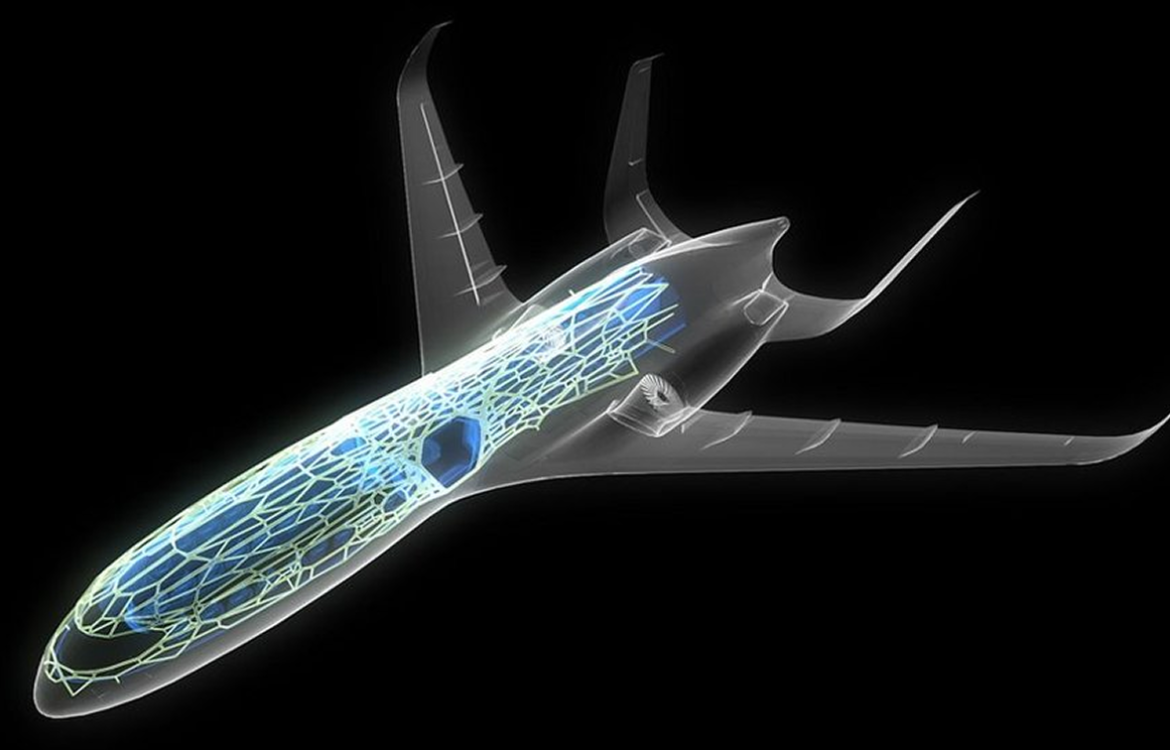6. A Focus on Passenger Well-Being
Post-pandemic, there is greater awareness of health and hygiene in travel. In the future, passengers may see more advanced air filtration systems, touchless cabin controls, and antimicrobial surfaces. Mood lighting, noise reduction technology, and ergonomic seating will also aim to reduce jet lag and improve comfort.
Advertising
Some airlines are experimenting with wellness zones, where passengers can stretch, meditate, or access guided relaxation sessions during long-haul flights.
7. More Regional Connectivity in the UK
With the UK government promoting domestic connectivity, smaller regional airports could see an increase in point-to-point flights using new low-emission aircraft. This would reduce the need for connections through major hubs like Heathrow, making travel faster and more convenient for passengers in remote areas.
The Passenger Experience of 2035
By the mid-2030s, a typical passenger journey from London to Edinburgh could look like this:
-
A digital passport check-in from home.
-
An airport experience without queues or security bin trays.
-
Boarding an electric aircraft with whisper-quiet engines.
-
Personalised entertainment and food service adapted to your preferences.
-
A flight powered largely by renewable energy, with near-zero emissions.
This vision is ambitious, but with climate commitments, competitive innovation, and evolving passenger expectations, it is within reach.
In short: the next decade will not only change how far and fast we can travel, but also how responsibly and comfortably we can do it. For UK travellers, the future of aviation promises to be cleaner, smarter, and more personalised than ever before.

